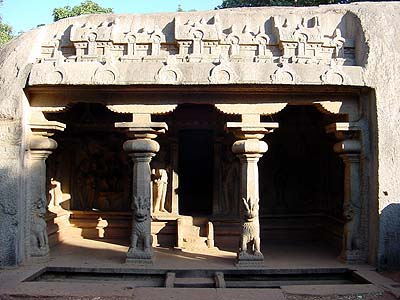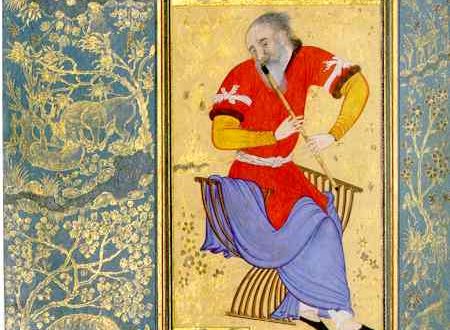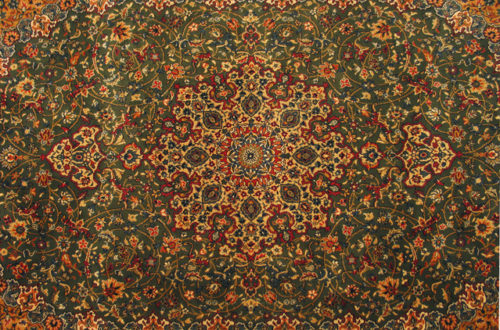The Persian empire was vast, and one of the lasting legacies of the empire, aside from their fierce battles and dominance in the known world, was their influence on architecture and art as a whole.
An old empire, Persia’s architecture has gone through several transitions:
3500BC – 1200 BC
The early period was known for splendid ceramics from Persepolis and Susa. Large bowls and goblets were common, and 3D art became popular. The animal style art started to become popular as bronze objects dating between 1700BC and 1200BC became popular.
550 BC – 330 BC: Achaemenid Period
The period between 550 BC and 330 BC saw major influences from the Greeks and Egyptians. Massive complexes were built as well as palaces with columned audience halls, porticoes, square towers and high terraces.
Persepolitan columns became popular with high bases and bell shapes.
Double staircases were used to enter Xerxes I’s audience hall, and enameled brick was used.

323 BC: The Death of Alexander the Great
The death of Alexander the Great in 323 BC led to radical changes, including stone buildings, brick with sculpted heads, and Hellenistic motifs. Rubble and brick were used to rebuild the Parthian by the Sassanids who came into rule in AD226.
Stucco reliefs and carved stone also grew in prominence at this time.
Islam Begins
Islam spread throughout the region in Iran, and the Persians at the time created raised domes over a square hall. Stucco decoration became popular as well as mausoleums. The Ismail the Samanid at Bukhara dates back to 907 AD and points to the Persian domes still being used.
The brick building is square yet maintains a dome on the top.
Islam’s influence grew further, and the Qabus from 1006 AD has a star-shaped tomb tower. Metalwork and pottery became increasingly popular at this time, and the Turks further added influence with ceramics, enamel colors and leaf gilding.
13th Century – 16th Century
The Mongol invasions started in the 13th century, and many of the towns and art in Persia were lost as a result. An epic devastation at the time, we don’t see much of an architectural change during this period.
The Timurid painting from the 15th century shows that Chinese influence had grown in Persia, and symmetry reemerged. Mosaic faience covered many buildings and architecture. The height of the period’s architectural development can be seen in the Maidan-I Shah building complex.
1449 AD – 1925 AD
The Safavid Dynasty first came to power in 1449 and lasted until 1722. The dynasty had a major impact and influence on culture as palaces were decorated with exaggerated mural paintings, single portraits were created, and the Shah Namah was also created, which is seen as the greatest development in painting of the time.
Following the 17th century, Persian culture was influenced heavily by Europe and India, causing a degeneration in the country’s uniqueness. The Qajar dynasty, which lasted from 1779 to 1925, resulted in much of what is modern-day Iran. Theatrical styles were developed, the Neo-Achaemenid style was an attempt to revive Persia’s past, and many of the public buildings in Tehran reflect these changes.



